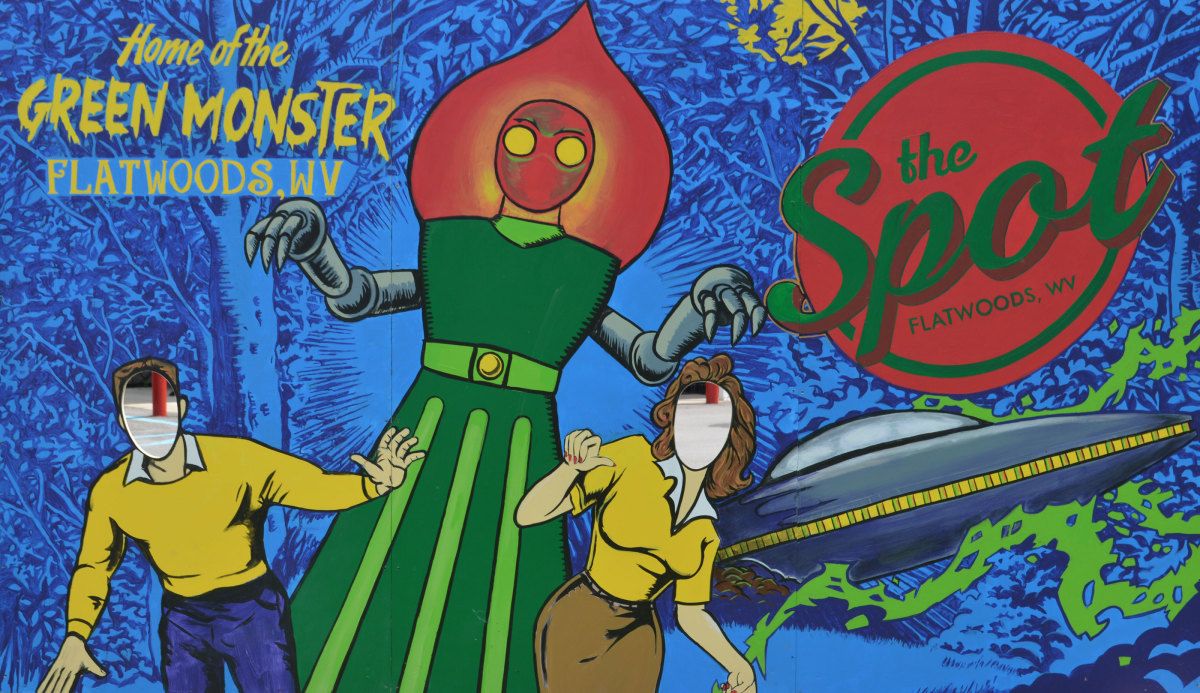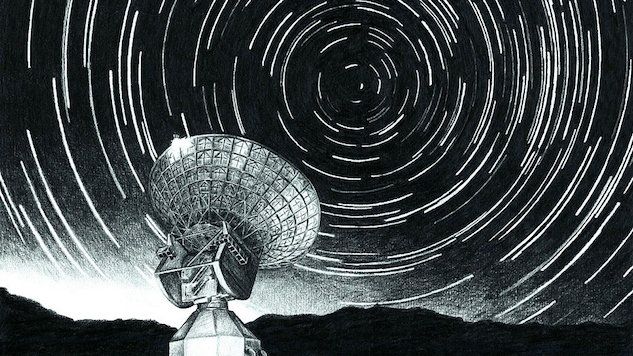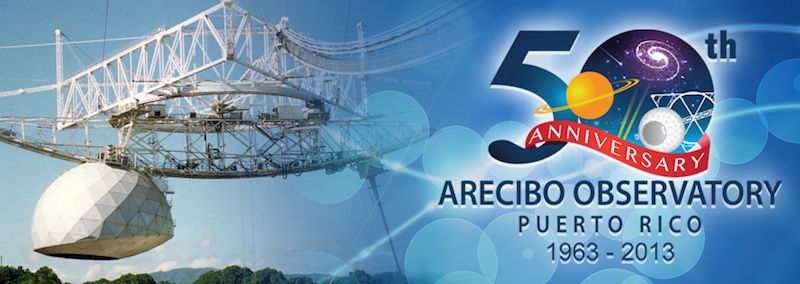Aliens On Earth? Elon Musk Has His Doubts
Article by Christine Andas February 22, 2021 (ph.asiatatler.com)
• As the CEO and founder of SpaceX, the first private company to launch a spacecraft to reach the International Space Station and to send humans to space, Elon Musk (pictured above) would most probably know if aliens do exist. In a recent interview on the Joe Rogan podcast, Rogan asked him whether extraterrestrial beings exist and are visiting the Earth. Shaking his head, Musk responded by saying, “No… To the best of my knowledge… there is no direct evidence [of] alien life [on Earth].”
• Musk then insinuated that if extraterrestrial beings were here on Earth, with so many people possessing iPhones why aren’t there any good photos of them, noting that the pictures and video released by the Pentagon and the CIA of hovering UFOs have been grainy black and white footage. The use this to claim that it is still unclear whether UFOs are indeed of extraterrestrial origin.
• In addition to being the CEO of SpaceX rocket manufacturing and Tesla Motors electric car manufacturing, Musk is the co-founder of Neuralink which develops brain-machine interfaces, and OpenAI which is developing next generation Artificial Intelligence. Musk is also the CEO of The Boring Company, which bores underground transportation tunnels. All of this has made Musk the “Richest Man in the World”.
• One need not go too far to find others who harbor doubts about the existence of extraterrestrial life – visiting the Earth or not. Most mainstream scientists and astronomers would agree. In 1979, American mathematical physicist Frank J. Tipler strongly insisted that aliens do not exist and that humans are the only intelligent species in the galaxy. In 1961, the mathematician Frank Drake developed the ‘Drake Equation’ wherein he estimated that there are likely only ten other planets in the Milky Way galaxy that might harbor extraterrestrial civilizations. Recently, Tom Westby and Christopher J. Conselice used the Drake Equation to arrive at their own estimate that no more than 36 alien civilizations exist in the galaxy. And of course, none of them have reached Earth.
• [Editor’s Note] Let’s see. A high-profile space transportation company clinging to outdated rocket propulsion technology. An electric car manufacturing company. A company developing Artificial Intelligence and a sister company integrating that technology into the human brain. And a deep underground tunnel boring company. Elon Musk’s vast fortune depends entirely on the Deep State and the cabal’s nefarious plans for the future. So of course Musk is going to go along with the Deep State’s cover-up of the existence of the numerous extraterrestrial races with whom cabal operatives here on Earth continually interact. The Deep State has been keeping the existence of extraterrestrials and their advanced technology from the people of Earth since the inception of the CIA and Majestic 12 in 1947. They simply want this highly advanced alien technology all to themselves, so that they can dominate the Earth and our solar system. Since Musk is so closely tied to this elite cabal of government, bankers and industrialists, he must know the truth about the extraterrestrial presence. This makes Elon Musk a liar and a Deep State stooge, as I have been saying for years.

“To the best of my knowledge… there is no direct evidence [of] alien life [on earth],” Elon Musk recently said in a new interview

with Joe Rogan. Rogan was hoping Musk would know (or at least hint at) the existence of these cosmo beings but Elon only responded by shaking his head, saying “no”.
“Somebody’s gotta at least have an iPhone 1 level camera,” he added. This rings true considering all the UFO footage that the Pentagon released last year and CIA’s UFO files which were released recently. The Pentagon’s grainy black and white footage revealed a hovering figure. Although the unidentified flying object was evident in the footage, it’s still unclear if it was the work of an extraterrestrial being.
As the CEO and founder of SpaceX, the first private company to launch a spacecraft to reach the space station and send humans to space, Musk would most probably know if aliens do exist. He has mastered multiple fields namely rocket science, engineering,

transportation and aerospace. Apart from SpaceX, Elon is also the CEO of Tesla Motors and The Boring Company. He is also the co-founder of Neuralink and OpenAI. Currently, Elon’s prowess and success have earned him the title “Richest Man in the World”.

CONTRASTING INTELLIGENT LIFE STUDIES
One would think that the copious amount of alien studies, footage, and documents that we have would finally answer the questions we have been asking for years. But these discoveries are only revealing contrasting finds made by scientists and astronomers alike.
In 1979, American mathematical physicist Frank J. Tipler strongly insists that aliens do not exist and that humans are the only intelligent species to exist in the galaxy.
The Drake Equation which Frank Drake started in 1961 is an argument used to estimate the number of alien civilisations in the milky way galaxy. It helped Drake estimate 10 planets in the milky way. Since then, various scientists have used the Drake Equation in an attempt to make the best guesses. It helped Tom Westby and Christopher J. Conselice in their new study. They claim that alien life is existent but rare—only 36 alien societies reside within the milky way.
FAIR USE NOTICE: This page contains copyrighted material the use of which has not been specifically authorized by the copyright owner. ExoNews.org distributes this material for the purpose of news reporting, educational research, comment and criticism, constituting Fair Use under 17 U.S.C § 107. Please contact the Editor at ExoNews with any copyright issue.


 Researchers used astronomy and statistical modelling to estimate how much intelligent life could have
Researchers used astronomy and statistical modelling to estimate how much intelligent life could have























